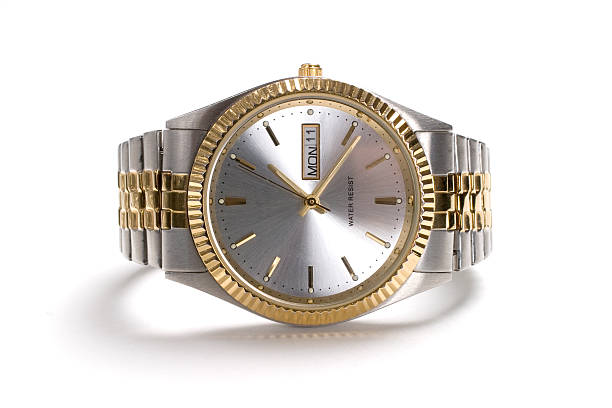Chain Thickness and Visual Balance: A Practical Guide
Choosing the right chain thickness affects how a pendant sits, how comfortable a clasp feels, and how a piece works with other jewelry. This guide explains practical considerations for sizing, styling, care, and longevity so you can match visual balance to wearability.

Choosing the right chain thickness is about more than appearance: it influences how a pendant hangs, how the piece interacts with body movement, and how it withstands daily wear. Visual balance depends on the chain’s weight, the pendant’s size, clasp type and placement, and how you plan to layer or style pieces. Understanding these elements helps you select chains that look intentional and perform reliably over time.
How does chain thickness affect pendant balance?
Chain thickness determines how a pendant sits and moves. A delicate pendant on a heavy or very thick chain will look mismatched, while a thin chain may not support the weight of a larger pendant, causing sagging or uneven hang. Consider the pendant’s weight and bail size: a heavier pendant pairs well with sturdier links that distribute weight evenly. Also factor in the pendant’s width and center of gravity; an off-center weight can twist a light chain, altering the intended visual balance and silhouette.
How do clasp and weight influence fit?
The clasp type and the overall weight of the chain both affect comfort and how the piece rests. Lobster and spring-ring clasps have different bulk and balance implications; a bulky clasp can rotate a light chain, while a heavy chain may require a stronger clasp for security. Weight also interacts with length — heavier chains pull more on the neck at a given length, changing perceived fit. When choosing sizing, test how the clasp sits when worn and whether the chain returns to the desired position after movement.
What role does length and layering play?
Length and layering are essential to visual balance. Shorter chains emphasize the throat and look best with smaller, more delicate pendants, while longer lengths accommodate larger pendants and create different focal points. When layering multiple chains, vary thickness and length to create contrast: combine a thin, close collar with a mid-weight mid-length and a heavier long chain. Avoid matching identical thicknesses at similar lengths, which can tangle and flatten the intended layered effect.
Do metals, plating, and tarnish affect appearance?
Choice of metals and surface treatments influences both aesthetics and maintenance. Solid metals like gold, silver, and platinum have distinct drape and perceived weight; silver can darken with patina, while certain plating (e.g., gold plating over base metals) may wear and reveal underlying tones. Tarnish and surface wear change visual balance over time by dulling links or altering color contrast with a pendant. Consider the metal’s hardness and whether plating will suit frequent wear when matching chain thickness to your daily use.
How to handle sizing, care, and repair?
Correct sizing starts with measuring where you want the chain to fall and noting how a pendant shifts that position. For care, store chains flat or hanging to prevent kinks and reduce stress on the clasp. Regular cleaning helps prevent tarnish and maintains the chain’s visual proportion—gentle detergents for base metals, appropriate polishes for precious metals. For repair, weaker or thinner chains are more prone to breakage; choose a trusted local services jeweler in your area for soldering or clasp replacement. Proper care extends chain life and preserves the balance between chain and pendant.
What about patina and certification for value?
Patina can be desirable or unwanted depending on styling goals; a warm patina on brass or silver may enhance a vintage look, while collectors may prefer bright, polished surfaces. Certification and hallmarking (for gold, silver, or platinum) indicate metal content and can affect resale and repair decisions. If value or durability is a concern, look for certified pieces or inquire about certification when purchasing. Certification also helps inform appropriate cleaning methods and expected wear characteristics for different metals and thicknesses.
Conclusion Balancing chain thickness with pendant size, clasp type, length, and intended styling ensures both a pleasing look and practical wearability. Pay attention to metals, plating, and expected patina to set realistic care and repair expectations. Matching weight and sizing to the pendant and how you plan to layer will produce pieces that feel intentional and remain functional over time.






